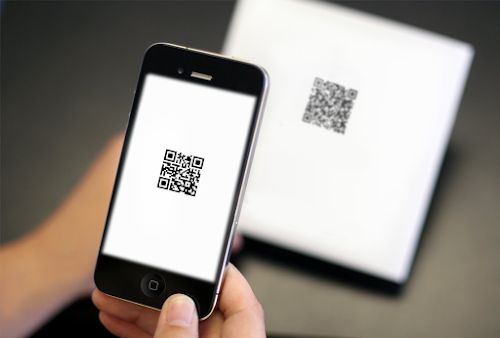We always wonder what kind of memory does Facebook,Google,Whatsapp,Instagram,Youtube use.So the simple answer is ECC memory.ECC memory is a very reliable and keeps the servers of big companies always running.So in this article let's decode what is ECC memory,its advantages and uses.
What is ECC memory ?
Error-correcting code memory (ECC memory) is a type of computer data storage that can detect and correct the most common kinds of internal data corruption. ECC memory is used in most computers where data corruption cannot be tolerated under any circumstances, such as for scientific or financial computing
Problems with Non ECC Memory?
Electrical or magnetic interference inside a computer system can cause a single bit of dynamic random-access memory (DRAM) to spontaneously flip to the opposite state. It was initially thought that this was mainly due to alpha particles emitted by contaminants in chip packaging material, but research has shown that the majority of one-off soft errors in DRAM chips occur as a result of background radiation, chiefly neutrons from cosmic ray secondaries, which may change the contents of one or more memory cells or interfere with the circuitry used to read or write to them. Hence, the error rates increase rapidly with rising altitude; for example, compared to the sea level, the rate of neutron flux is 3.5 times higher at 1.5 km and 300 times higher at 10–12 km (the cruising altitude of commercial airplanes). As a result, systems operating at high altitudes require special provision for reliability.
How Does ECC Memory Work?
Typically, ECC memory maintains a memory system immune to single-bit errors the data that is read from each word is always the same as the data that had been written to it, even if one or more bits actually stored have been flipped to the wrong state.Most non-ECC memory cannot detect errors, although some non-ECC memory with parity support allows detection but not correction.Basically ECC memory has an extra parity bit which constantly checks for errors in data by checking the parity flag bit in the memory.IF the parity flag bit is flipped it detects that there is an error i.e.chances of data corruption.ECC memory also supports correction and that is why it is called Error Code Correcting Memory.This type of memory prevents data corruption by correcting the errors that is why it is called reliable memory.
Advantages and Disadvantages of ECC Memory
Ultimately, there is a trade-off between protection against unusual loss of data, and a higher cost.
ECC protects against undetected memory data corruption, and is used in computers where such corruption is unacceptable, for example in some scientific and financial computing applications, or in file servers. ECC also reduces the number of crashes, that are especially unacceptable in multi-user server applications and maximum-availability systems. Most motherboards and processors for less critical application are not designed to support ECC so their prices can be kept lower.
ECC memory usually involves a higher price when compared to non-ECC memory, due to additional hardware required for producing ECC memory modules, and due to lower production volumes of ECC memory and associated system hardware. Motherboards, chipsets and processors that support ECC may also be more expensive.
ECC may lower memory performance by around 2–3 percent on some systems, depending on the application and implementation, due to the additional time needed for ECC memory controllers to perform error checking. However, modern systems integrate ECC testing into the CPU, generating no additional delay to memory accesses.
Uses of ECC Memory
ECC memory is used in various systems for example some scientific and financial computing applications or in file servers.
ECC memory is used by all the major Data Centres that store data for companies like Facebook,Google,Whatsapp,Instagram,LinkedIN,Flipkart,Amazon,Reddit,Microsoft,Apple etc.






Comments
Post a Comment